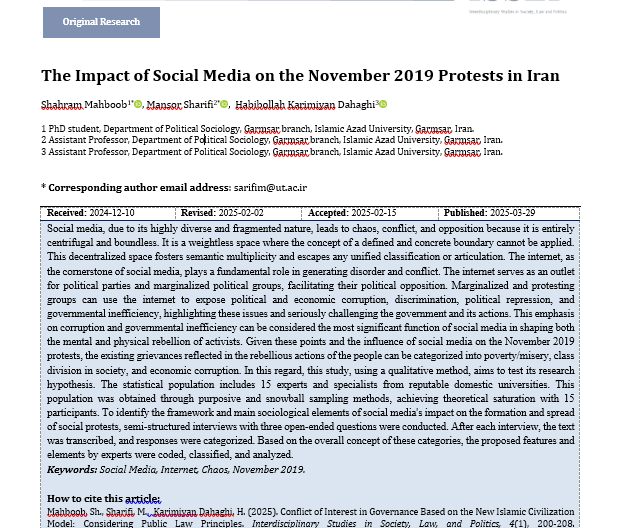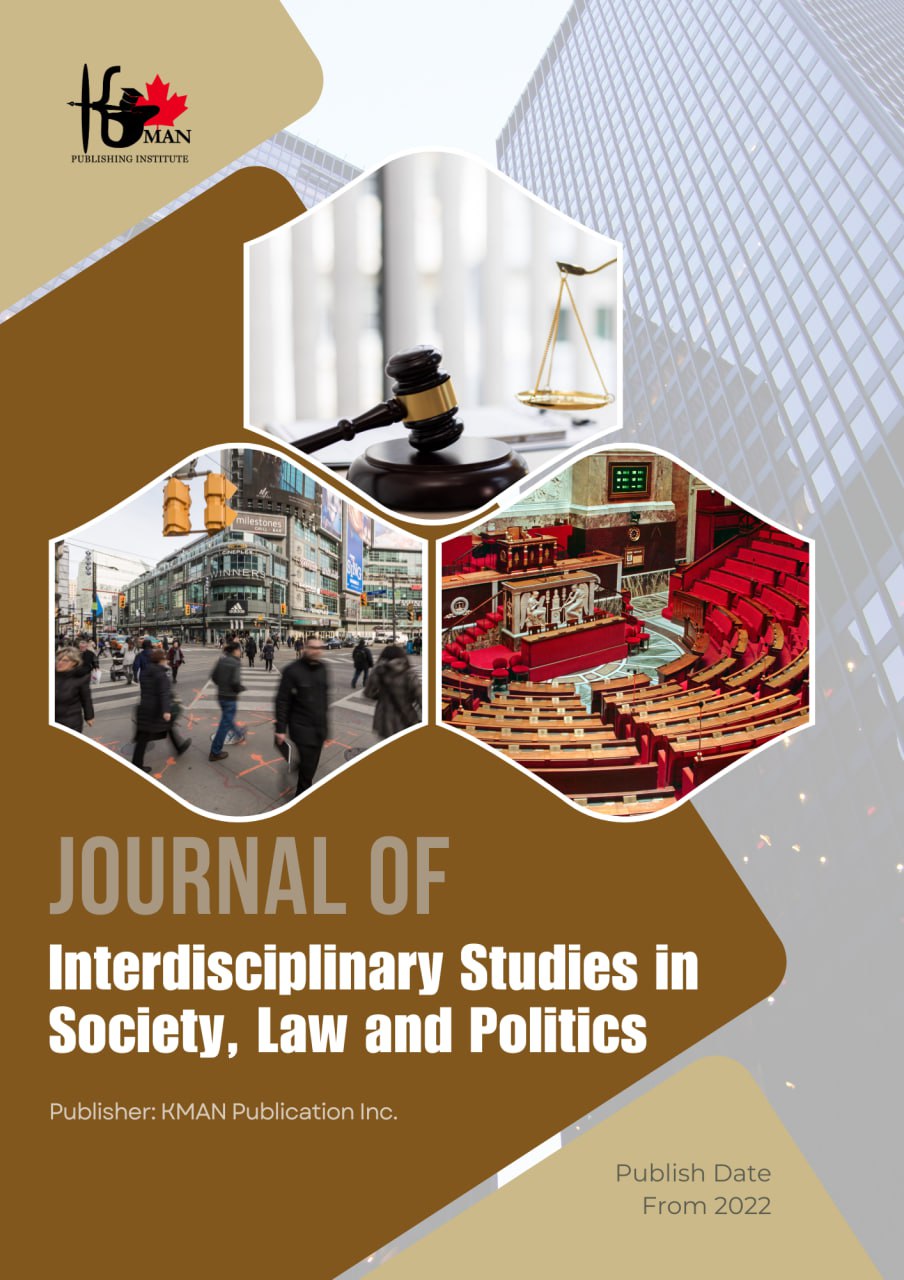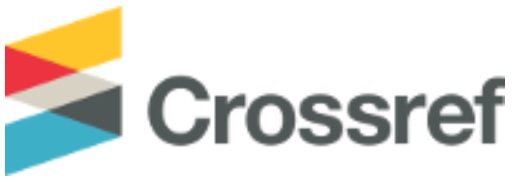The Impact of Social Media on the November 2019 Protests in Iran
Keywords:
Social Media, November 2019, Internet, ChaosAbstract
Social media, due to its highly diverse and fragmented nature, leads to chaos, conflict, and opposition because it is entirely centrifugal and boundless. It is a weightless space where the concept of a defined and concrete boundary cannot be applied. This decentralized space fosters semantic multiplicity and escapes any unified classification or articulation. The internet, as the cornerstone of social media, plays a fundamental role in generating disorder and conflict. The internet serves as an outlet for political parties and marginalized political groups, facilitating their political opposition. Marginalized and protesting groups can use the internet to expose political and economic corruption, discrimination, political repression, and governmental inefficiency, highlighting these issues and seriously challenging the government and its actions. This emphasis on corruption and governmental inefficiency can be considered the most significant function of social media in shaping both the mental and physical rebellion of activists. Given these points and the influence of social media on the November 2019 protests, the existing grievances reflected in the rebellious actions of the people can be categorized into poverty/misery, class division in society, and economic corruption. In this regard, this study, using a qualitative method, aims to test its research hypothesis. The statistical population includes 15 experts and specialists from reputable domestic universities. This population was obtained through purposive and snowball sampling methods, achieving theoretical saturation with 15 participants. To identify the framework and main sociological elements of social media's impact on the formation and spread of social protests, semi-structured interviews with three open-ended questions were conducted. After each interview, the text was transcribed, and responses were categorized. Based on the overall concept of these categories, the proposed features and elements by experts were coded, classified, and analyzed.
Downloads
References
Andew, & Biggs. (2006). The dynamics of protest diffusion: movement organization, social networks and news media in the 1960 sit-ins. https://doi.org/10.1177/000312240607100503
Castells, M. (2009). The power of communication. Tehran: Scientific and Cultural Publishing.
Gurr, T. R. (1970). Why Men Rebel. Routledge, New York.
Gurr, T. R. (1994). Ethnic Conflict in World Politics. Westview Press, New York.
Khaniki, H., & Babaei, M. R. (2012). The impact of internet communication mechanisms on the interaction patterns of actors in Iran's cyberspace. Journal Of Social Sciences, 19(56).
Masi, F. (2018). The changing faces of space. Springer Verlag.
McAdam, D., Tarrow, S., & Tilly, C. (2001). Dynamics of contention. Cambridge University Press. https://doi.org/10.1017/CBO9780511805431
Milan, S. (2015). From Social Movement to Cloud Protesting: The Evolution of Collective Identity. Information, Communication and Society. https://doi.org/10.1080/1369118X.2015.1043135
Myers, D. J. (2000). The diffusion of collective violence: Infectiousness, susceptibility, and mass media networks. The American Journal of Sociology, 106(1), 173-208.
Norris, P. (2001). Digital Divide: civic engagement, information poverty and the internet worldwide. Cambridge University Press. https://doi.org/10.1017/CBO9781139164887
Reed. (2014). Social movement subjectivity: culture, emotion and stories. Critical Sociology, 4(6), 935-950. https://doi.org/10.1177/0896920514524607
Reed, D., & McAlpin, D. (2005). Extensible Resource Identifier (XRI) Syntax Version 2.0 - Committee Specification. http://www.oasis-open.org/committees/download.php/15377
Roche, G. (1970). Social action. Tehran: Ney Publishing.

Downloads
Additional Files
Published
Submitted
Revised
Accepted
Issue
Section
License
Copyright (c) 2025 Interdisciplinary Studies in Society, Law, and Politics

This work is licensed under a Creative Commons Attribution-NonCommercial 4.0 International License.





